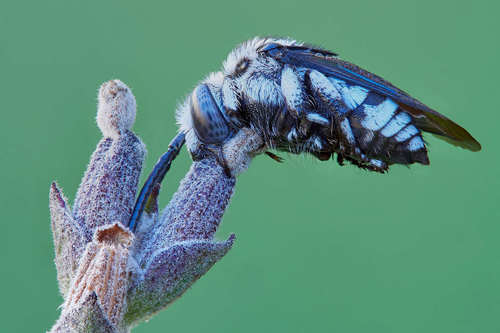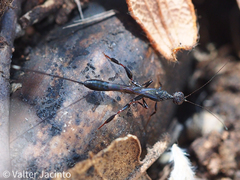Bees
Apinae
Insecta Apinae are a subfamily of insects that belong to the Hymenoptera order, commonly known as bees. This diverse group plays a critical role in pollination, making them essential to both natural ecosystems and agriculture. Within the Comunidad Valenciana, bees are not only vital for pollinating local flora but also contribute significantly to the region's biodiversity and agricultural productivity.
The Apinae include a variety of species, with some of the most well-known being the European honeybee (Apis mellifera) and various bumblebee species. These insects are characterized by their ability to feed on nectar and pollen while facilitating the pollination process as they move from flower to flower.
Some common traits of the Insecta Apinae include:
- Body Structure: Bees typically have hairy bodies which help them collect pollen. They often have distinctively segmented bodies including a head, thorax, and abdomen.
- Social Behavior: Many species within the Apinae, particularly the honeybees, exhibit social behavior, living in well-organized colonies with a structured hierarchy consisting of workers, drones, and a queen.
- Nesting Habits: Bees can nest in a wide range of environments. Honeybees are known for creating hives, while solitary species often nest in burrows or in crevices.
- Role in the Ecosystem: As pollinators, bees are indispensable for the reproduction of many flowering plants, including those native to the Comunidad Valenciana such as the almond tree (Prunus dulcis) and the carob tree (Ceratonia siliqua).
- Threats: Bees face numerous threats including habitat loss, pesticides, and diseases. Conservation efforts are crucial to ensure their survival and the services they provide to ecosystems.
In the Comunidad Valenciana, promoting biodiversity-friendly practices and protecting natural habitats are essential steps to support and conserve the Insecta Apinae, ensuring the vibrancy of local landscapes and the sustainability of agricultural practices.







